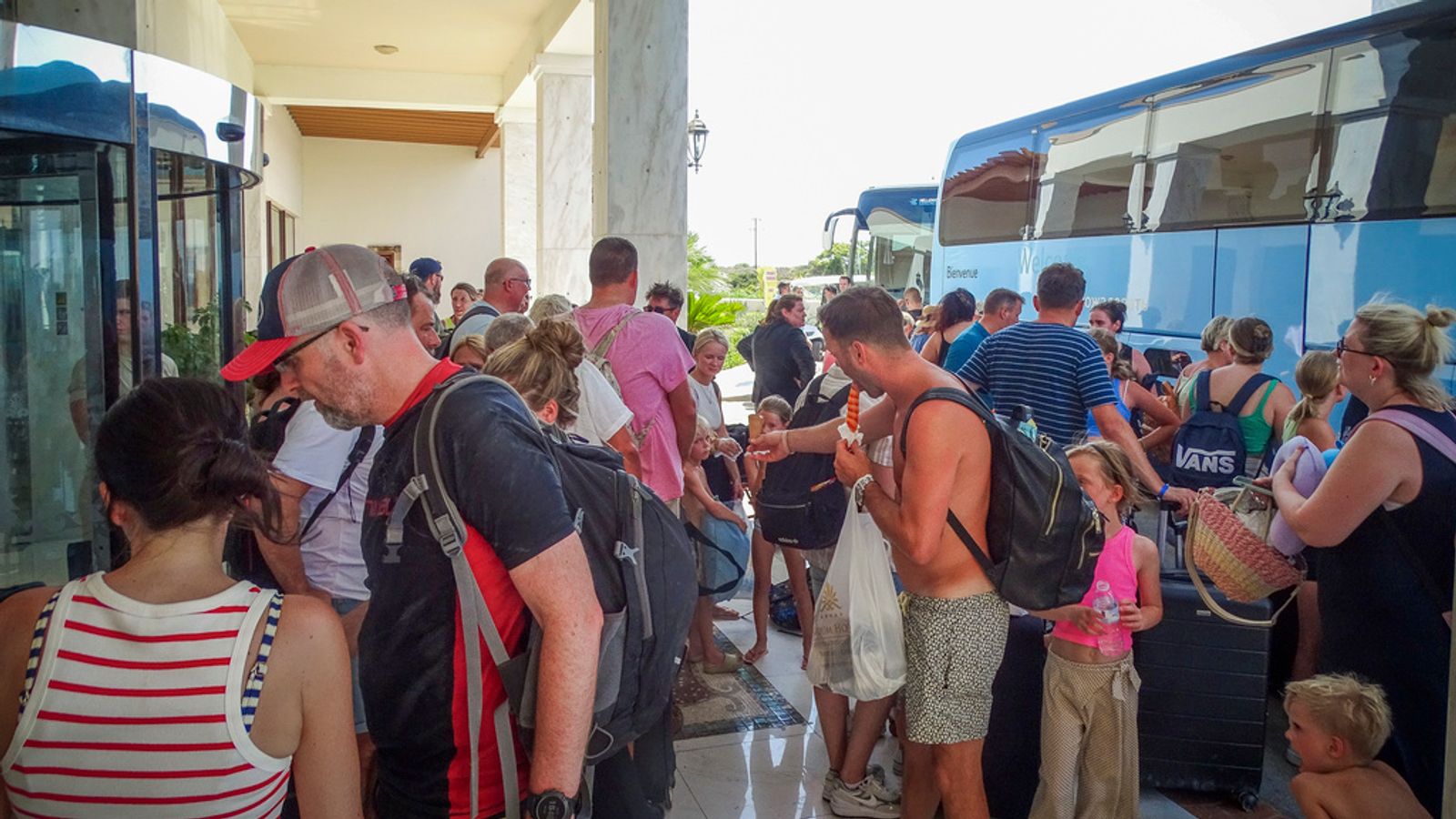Hooters abruptly shuts dozens of ‘underperforming stores’ in stunning inflation deflation


Hooters abruptly closed dozens of underperforming stores the latest chain to shutter restaurants as inflation batters US consumers.
The famed chicken wings brand, known for its skimpy uniforms, cited pressure from current market conditions for its decision to close an unspecified number of stores.
Like many restaurants under pressure from current market conditions, Hooters has made the difficult decision to close select locations, a spokesperson told The Post on Monday.
Roughly 40 of the 300 restaurants worldwide were shut, including in Florida, Kentucky, Rhode Island, Texas and Virginia, according to Nations Restaurant News.
The number of Hooters locations has declined by 12% since 2018, according to restaurant consulting firm Technomic. Meanwhile, competitors Twin Peaks and Dave & Busters have all seen increases since then, CNN reported.
The Hooters rep maintained that the brand of 41 years is still highly resilient and relevant.
The company has been opening new locations both in the US and internationally, as well as adding Hooters-branded frozen food to grocery stores.
We look forward to continuing to serve our guests at home, on the go and at our restaurants here in the US and around the globe, the spokesperson told the Post.
Hooters closures come as other popular chains close their doors.
Seafood chain Red Lobster shuttered 93 locations last month before filing for bankruptcy, while Applebees, TGI Fridays, Boston Market and California Pizza Kitchen also recently closed restaurants.
Cracker Barrels CEO recently admitted the chain is just not as relevant as it used to be as its stock has been in freefall.
Overall, restaurant spending has slowed amid high dining costs, falling in four of the past six months, according to Census data as reported by NBC.
Sales totaled $93.6 billion in May, the lowest monthly sales volume since October 2023, according to the Nations Restaurant Association.
Meanwhile, 41% of consumers said they plan to spend less on restaurants this year, according to a survey from consultant group KPMG. Thats a stark contrast from last year, when consumers said they planned to spend more on restaurants.

